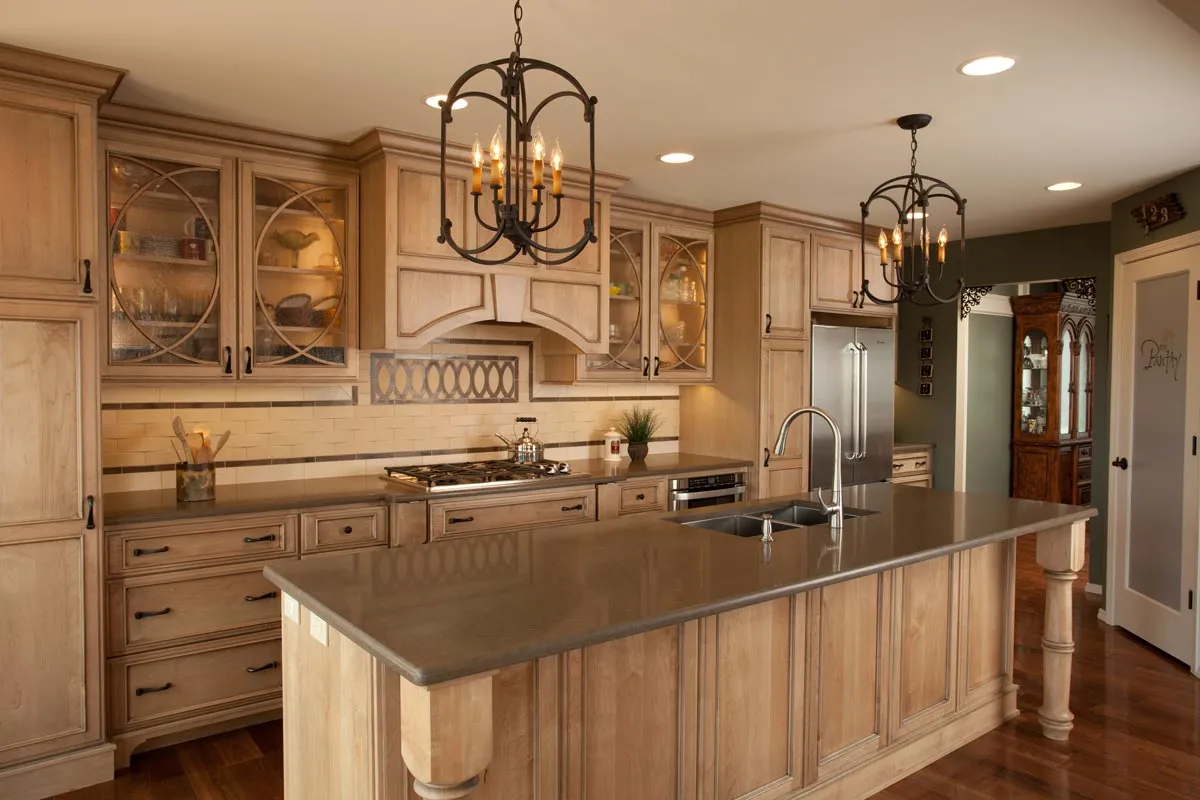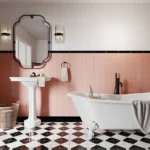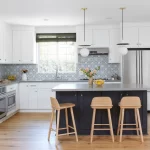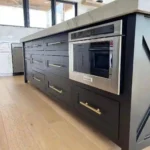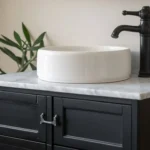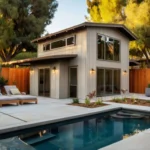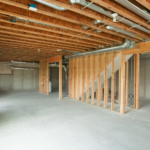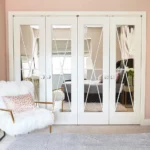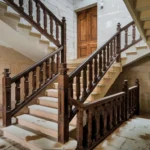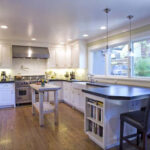Texture plays a big role in Atherton kitchen remodeling. It’s not just about how things look, but how they feel. Incorporating different textures can add depth and interest to your kitchen, making it not only beautiful but also tactile and inviting.
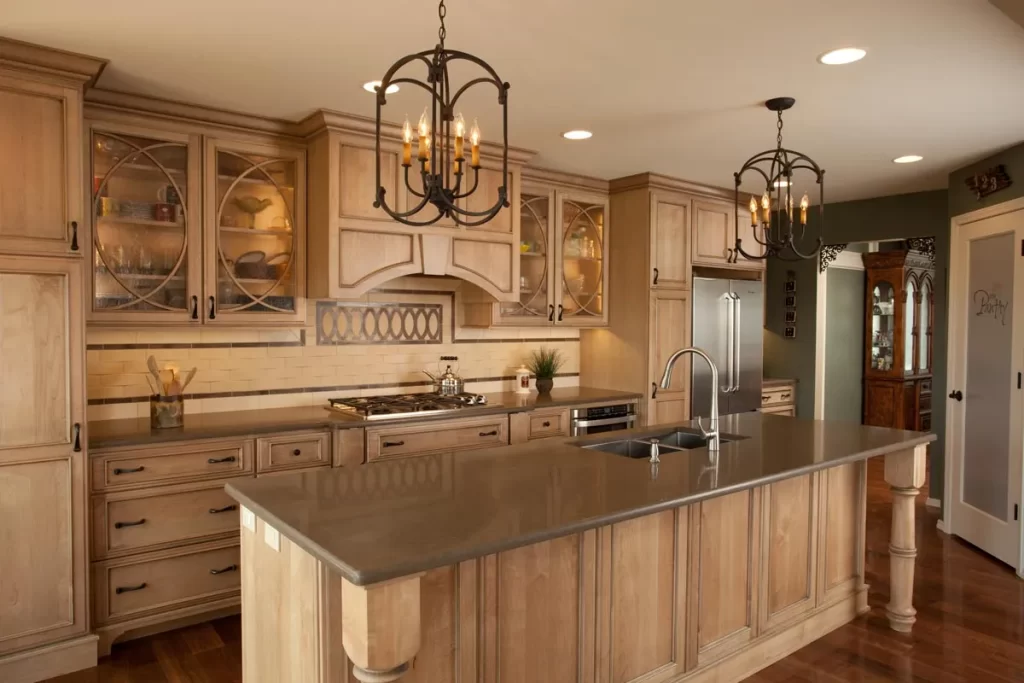
Content
Understanding Texture in Interior Design
Understanding texture in interior design is about adding depth and interest to a space, making it visually appealing and tactilely inviting. It involves incorporating various materials and finishes to create a rich, layered look that enhances the overall ambiance.
The Basics of Texture
Texture in interior design refers to the tactile quality of surfaces in a space. It adds dimension, warmth, and character to a room, making it more visually appealing and inviting. Think of texture as the spice that can take a bland dish to a whole new level.
Types of Textures
In interior design, textures can be classified into various categories:
- Visual Texture: This type of texture is perceived through sight and can mimic the look of different materials without actually having the same physical feel.
- Tactile Texture: Tactile textures are those that you can physically touch and feel. They add a sensory experience to a space.
- Textural Patterns: Patterns created by combining different textures can add interest and depth to a room.
Understanding these different types of textures is essential when planning a kitchen remodel to ensure a harmonious and visually appealing design.
Incorporating Texture in Kitchen Remodeling
When it comes to kitchen remodeling, incorporating texture can truly elevate the overall look and feel of the space. John, a seasoned interior designer, believes thattexture adds depth and visual interest to a room, making it more inviting and aesthetically pleasing.
Tips for Incorporating Texture:
1. Mix Materials: Combining different materials such as wood, metal, and stone can create a dynamic and visually appealing kitchen design.
2. Contrast Smooth and Rough Surfaces: Pairing smooth countertops with rough-textured backsplashes or vice versa can add dimension to the kitchen.
3. Play with Lighting: Utilize lighting to highlight different textures in the kitchen, creating a warm and inviting ambiance.
Benefits of Textured Surfaces:
- Enhanced Visual Appeal: Textured surfaces can add character and charm to an otherwise bland kitchen space.
- Improved Grip: Textured surfaces like matte finishes on cabinets or countertops can provide better grip, especially in high-use areas.
- Camouflages Imperfections: Textures can help conceal minor scratches or dents, maintaining the aesthetic appeal of the kitchen.
Incorporating texture in kitchen remodeling allows homeowners to express their unique style while creating a welcoming environment for family and guests alike.
Popular Texture Options for Kitchen Surfaces
Exploring different texture options for kitchen surfaces can be an exciting journey in the world of interior design. Let’s take a look at some popular choices that can transform your kitchen into a stylish and functional space.
1. Matte Finishes:
Matte finishes on cabinets and countertops offer a modern and sleek look to the kitchen.These finishes are great for minimizing fingerprints and smudges, maintaining a clean appearance effortlessly.
2. Textured Backsplashes:
Textured backsplashes, such as subway tiles or mosaic patterns, add depthand visual interest to the kitchen.They can serve as a focal point and bring personality to the space.
3. Wood Grain Surfaces:
Incorporating wood grain textures on cabinets or flooring adds warmth and natural charm to the kitchen.Wood textures can create a cozy and inviting atmosphere, perfect for familygatherings.
4. Stone Countertops:
Opting for stone countertops like granite or quartz introduces a luxurious texture to the kitchen.The natural variations in stone add character and elegance to the space. After exploring the diverse world of textures and their impact on kitchen remodeling, it’s evident that Texture plays a crucial role In enhancing the overall aesthetics and functionality of a kitchen space. By moving beyond smooth surfaces and incorporating different textures, homeowners can truly transform their kitchens into unique and inviting spaces.

Elena Mohr is a dedicated home blogger who has been blogging for over six years. She covers everything home related. Elena also loves writing posts about her travels to Europe with her husband and two children.
